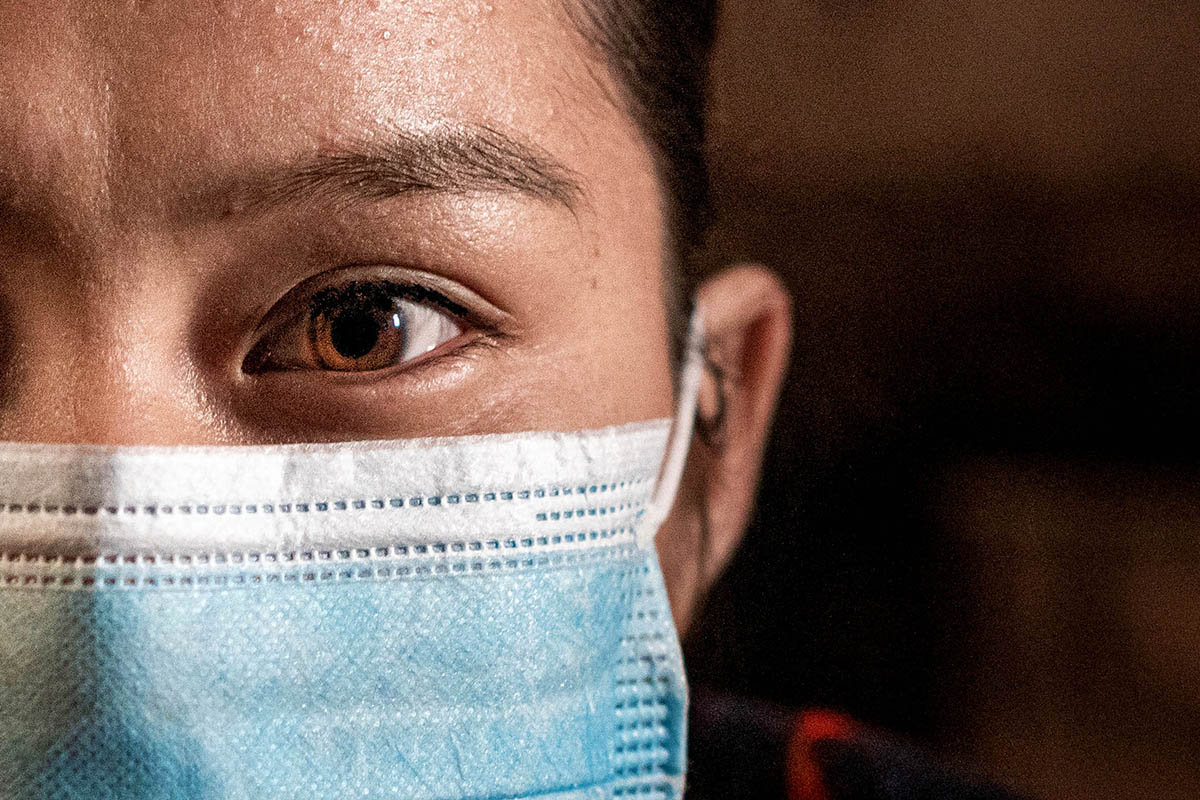
Methamphetamine overdose deaths rise sharply nationwide
NIH-supported study finds biggest increase among American Indians and Alaska Natives.
Methamphetamine overdose deaths surged in an eight-year period in the United States, according to a study that will published today in JAMA Psychiatry. The analysis revealed rapid rises across all racial and ethnic groups, but American Indians and Alaska Natives had the highest death rates overall. The research was conducted at the National Institute on Drug Abuse (NIDA), part of the National Institutes of Health.
“While much attention is focused on the opioid crisis, a methamphetamine crisis has been quietly, but actively, gaining steam—particularly among American Indians and Alaska Natives, who are disproportionately affected by a number of health conditions,” said Nora D. Volkow, M.D., NIDA director and a senior author of the study. “American Indian and Alaska Native populations experience structural disadvantages but have cultural strengths that can be leveraged to prevent methamphetamine use and improve health outcomes for those living with addiction.”
Recent national data show that most people who use methamphetamine are between 25 and 54 years old, so the investigators limited their analysis to this age group. When they examined data from this population as a whole, they found a surge in overdose deaths. Deaths involving methamphetamines rose from 1.8 to 10.1 per 100,000 men, and from 0.8 to 4.5 per 100,000 women. This represents a more than five-fold increase from 2011 to 2018.




